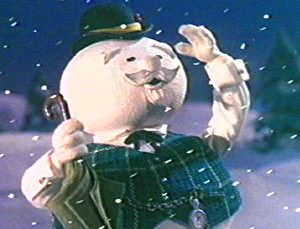The Donut Peach
Friday, August 20th, 2010No, this post isn’t about any form of fried dough, but a specialty fruit that appear briefly each summer, the Donut Peach. I am considering this a sort of Trompe l’Oeil doughnut for looking at it, there is no doubt the mind immediately goes to the more fattening, unhealthy version. A little research has discovered that with the heightened awareness of heirloom fruits and vegetables, this is not actually a new variety of peach at all, but had been grown in the States as early as the 1800’s. Originally from China, it probably lost its allure because its flesh is not the bright yellow of classic peaches and also perhaps its shape.
Long before it was known as the Donut Peach — undoubtedly because of its flattened shape with the ubiquitous hollow in the center so indicative of those raised and cake varieties we love so much — this odd fruit was known as Chinese flat peaches, Chinese sauces peaches, peento peach, or Galaxy or Saturn peach (because it alludes to a 1950s U.F.O. shape and/or the rings of our sixth planet?) Now more commonly referred to as the Donut Peach, California and Washington are the primary locales for its growth and farming.
As an artist, I am drawn to their two-toned, mottled color – pale yellow splotched with alluring splashes of blushing crimson at once, demure but at second glance, teasing and sultry. Granted, there is not as much flesh so cooking with donut peaches would take a few more if quantity is needed – and they are a bit more expensive. But on the upside, they are lower in acid than the classic peach with a more mild, sweeter taste and some have ascribed almond overtones to them. They are a little easier to eat and the skin tends to be a bit thinner with less fuzz so some who are inclined to peel peaches might enjoy these varieties more. I have also found them much easier to pit; a quick slice through the flesh with a knife and the two halves can be twisted apart with the pit almost falling free, leaving just unctuous bites of decadent fruit easy to consume.










